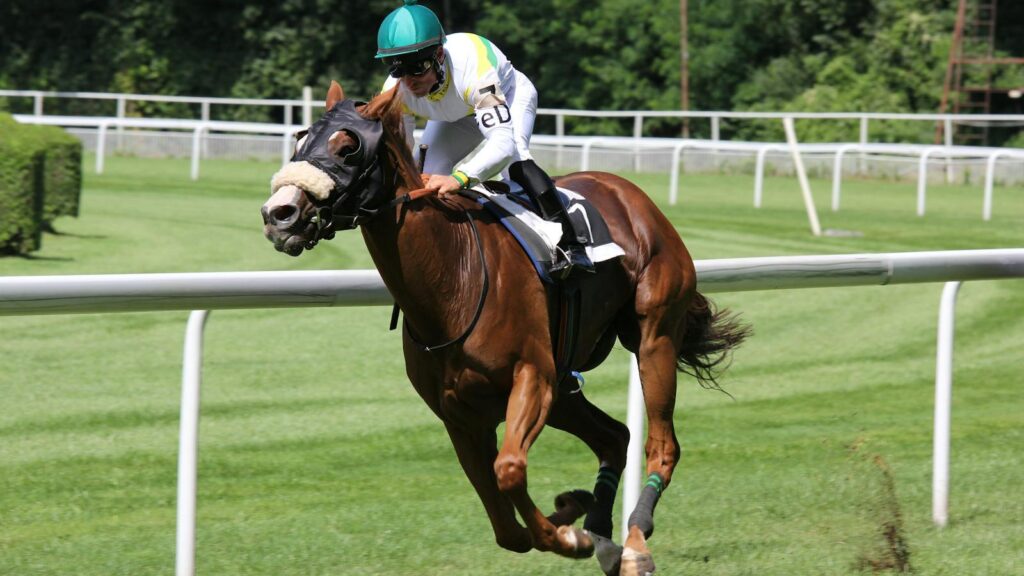Horseback riding requires more than just skill and connection with your horse – it demands exceptional body control and balance. At the heart of this control lies a strong core, the body’s central powerhouse that stabilizes riders through every movement their mount makes. Whether you’re a dressage competitor, trail enthusiast, or casual weekend rider, developing core strength can dramatically transform your riding experience. Not only does a strong core help maintain proper position in the saddle, but it also allows riders to communicate more effectively with their horses through subtle weight shifts and position changes. In this comprehensive guide, we’ll explore exercises specifically designed to strengthen a rider’s core, enhance balance, and ultimately create a more harmonious partnership between horse and rider.
Understanding the Rider’s Core
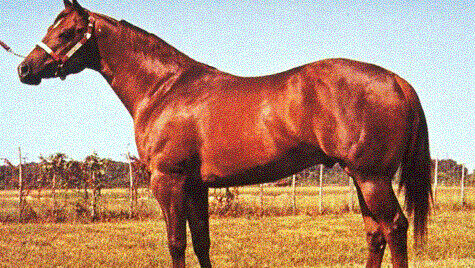
The rider’s core extends far beyond just the abdominal muscles. It encompasses a complex system including the deep and superficial abdominals, back muscles, pelvic floor, and even the diaphragm. These muscles work in concert to stabilize the spine and pelvis, allowing riders to maintain an independent seat – the holy grail of equestrian balance. When properly engaged, a strong core helps absorb the horse’s movement while keeping the upper body quiet and the legs long and stable. Many riding issues, from bouncing in the saddle to difficulty maintaining position over jumps, can be traced back to core weakness. Understanding that the core functions as a cylinder of support around your entire midsection helps riders conceptualize proper engagement during both exercises and riding sessions.
The Plank: Foundation of Core Strength
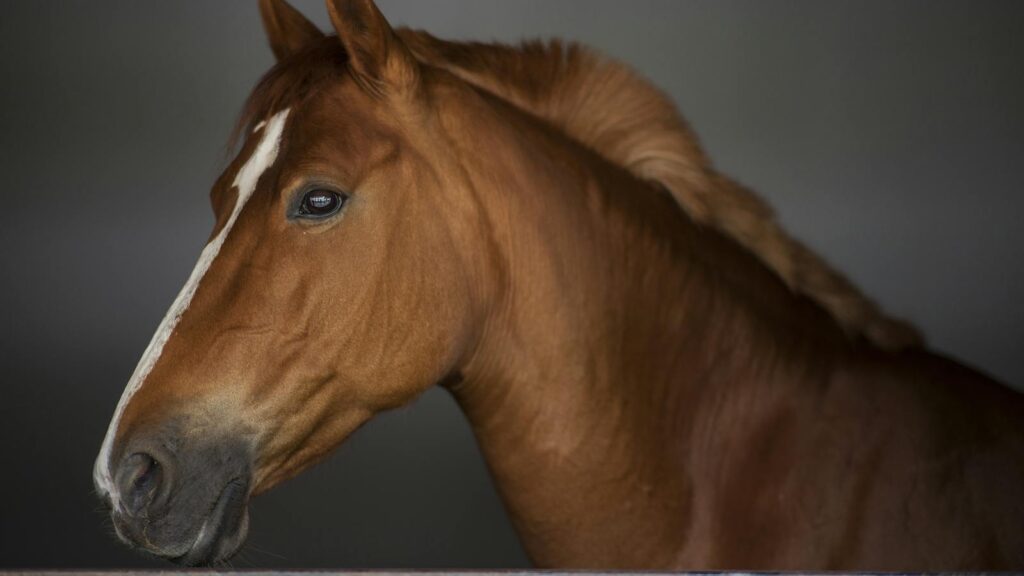
The plank exercise stands as perhaps the most effective all-around core strengthener for riders. To perform a proper plank, position yourself face down with forearms on the ground, elbows under shoulders, and extend your legs behind you with toes tucked. Lift your body to form a straight line from head to heels, ensuring your hips don’t sag or pike upward. The key to making this exercise particularly effective for riders is to imagine balancing a cup of water on your lower back – this encourages the neutral spine position crucial for proper riding posture. Begin with 20-30 second holds and gradually build to 1-2 minutes, focusing on quality rather than duration. For an added challenge that mimics riding conditions, try performing planks on an unstable surface like a balance pad or BOSU ball.
Pelvic Tilts for Seat Independence
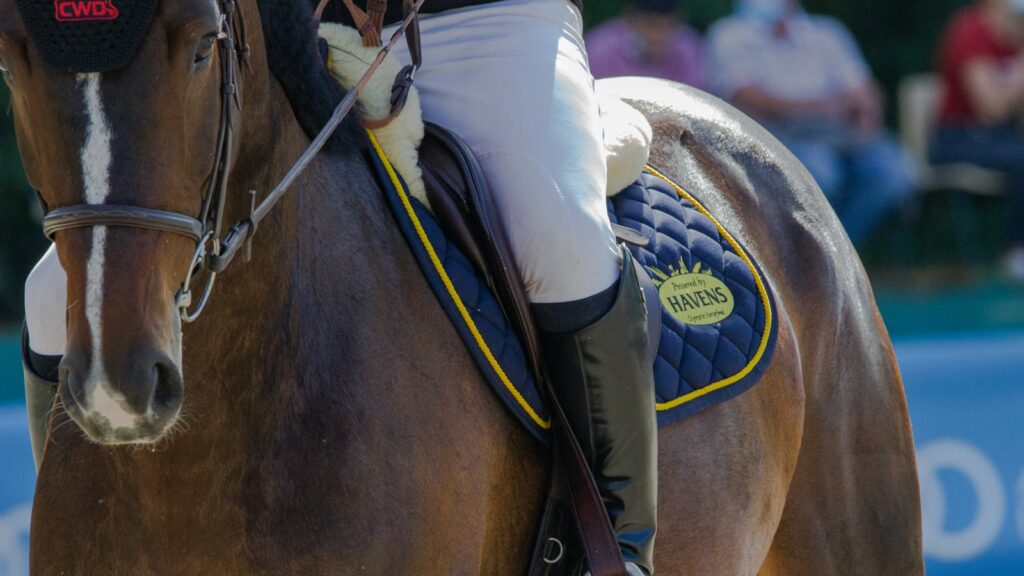
Pelvic tilts directly target the muscles riders use to follow their horse’s motion and maintain balance in the saddle. Lie on your back with knees bent and feet flat on the floor, then practice tilting your pelvis backward (flattening your lower back against the floor) and forward (creating space between your lower back and the floor). This seemingly simple movement mirrors the pelvic motion needed to absorb the horse’s movement at different gaits. Start with 2-3 sets of 10-15 repetitions, focusing on controlled movement rather than speed. As you become more proficient, try performing pelvic tilts while seated on a stability ball, which more closely simulates the dynamic surface of a moving horse. This exercise particularly benefits riders who struggle with a chair seat position or who bounce at the trot.
Rotational Exercises for Lateral Balance

Rotational strength is crucial for riders, especially when executing lateral movements or maintaining balance during direction changes. Russian twists effectively develop this aspect of core fitness by targeting the obliques and transverse abdominals. Sit on the floor with knees bent and feet either on the ground (easier) or lifted (more challenging), leaning back slightly to engage your core. Rotate your torso side to side, moving from the waist rather than just the shoulders. For added resistance, hold a weight or medicine ball as you twist. Begin with 2 sets of 10-15 rotations per side, focusing on controlled movement rather than speed. This exercise is particularly valuable for dressage riders who need rotational stability for precise lateral movements and jumpers who must maintain balance through tight turns.
SuperMEn for Back Strength
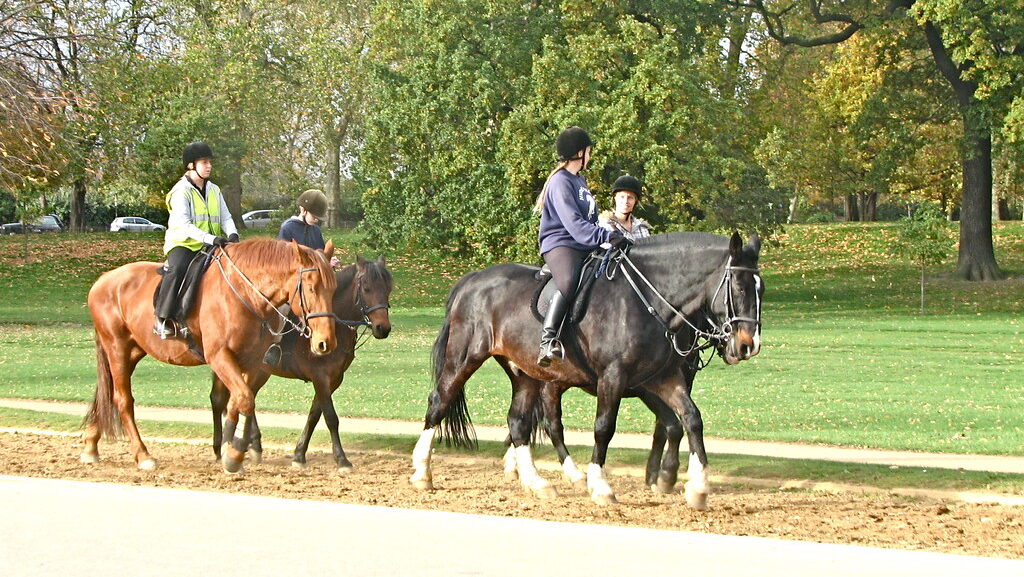
While much core training focuses on abdominal muscles, back strength is equally important for riders seeking better balance. The Superman exercise specifically targets the erector spinae and other posterior chain muscles that help maintain an upright posture in the saddle. Lie face down with arms extended overhead and legs straight, then simultaneously lift your arms, chest, and legs off the ground, holding the position for 2-3 seconds before lowering with control. Aim for 2-3 sets of 10-12 repetitions, focusing on quality of movement rather than quantity. This exercise is particularly beneficial for riders who struggle with rounded shoulders or tend to collapse forward over jumps or during transitions. Strong back muscles provide the counterbalance needed to maintain proper alignment throughout riding sessions.
Bird Dogs for Cross-Body Coordination
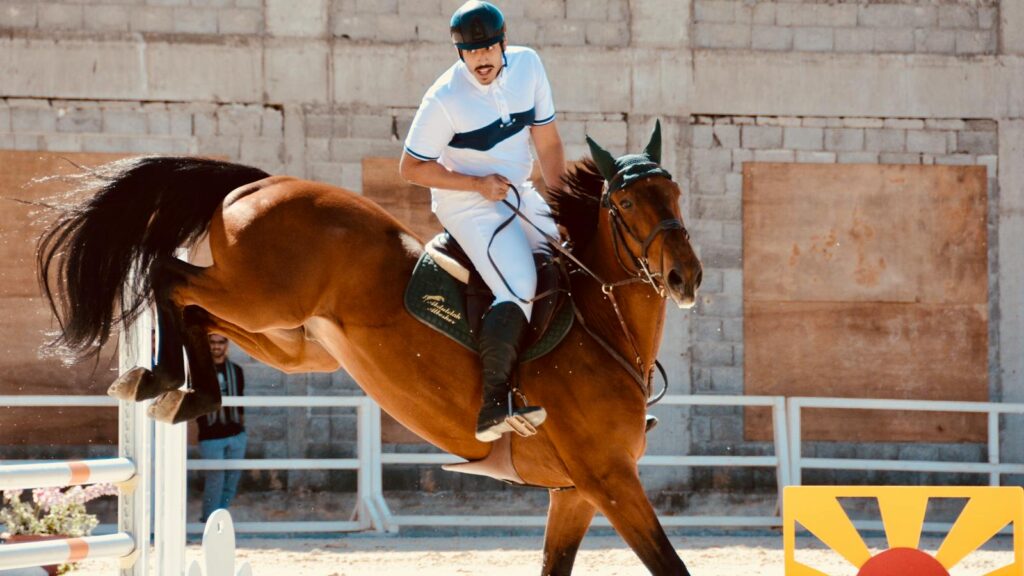
Riders require exceptional cross-body coordination, as riding effectively involves diagonal stability patterns similar to walking. The bird dog exercise brilliantly develops this coordination while strengthening the core. Begin on hands and knees in a tabletop position, then simultaneously extend your right arm forward and left leg backward while maintaining a neutral spine. Hold briefly before returning to the starting position and repeating with the opposite arm and leg. Focus on keeping your hips level and avoiding rotation – imagine balancing a glass of water on your lower back. Start with 10-12 repetitions on each side for 2-3 sets. This exercise is particularly effective for riders working on posting trot without stirrups or those developing the sitting trot, as it builds the diagonal stability patterns needed for these challenging skills.
Hollow Body Holds for Deep Core Activation
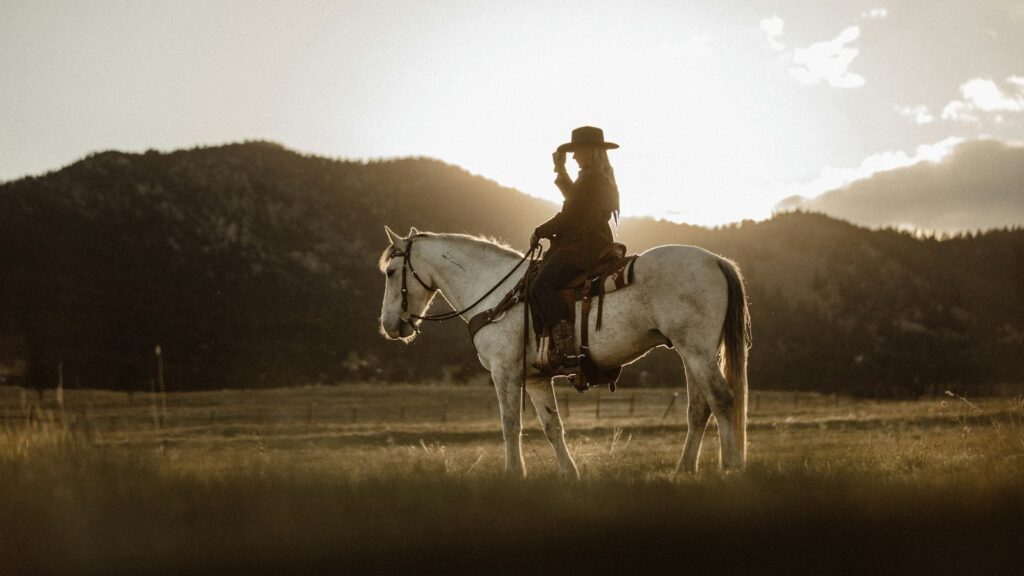
The hollow body hold targets the deepest layers of abdominal muscles, creating the foundation for all other core movements. Lie on your back with arms extended overhead and legs straight. Press your lower back firmly into the floor by engaging your core, then lift your shoulders and legs slightly off the ground, creating a shallow “bowl” shape with your body. The key is maintaining the lower back connection to the floor throughout the exercise. Begin with 20-30 second holds and gradually increase duration as strength improves. This exercise is especially valuable for riders who struggle with maintaining position during extended trotting or cantering, as it builds the endurance in the deep core muscles needed for prolonged riding sessions. For an added challenge, add small flutter kicks with the legs while maintaining the hollow position.
Stability Ball Exercises for Dynamic Balance
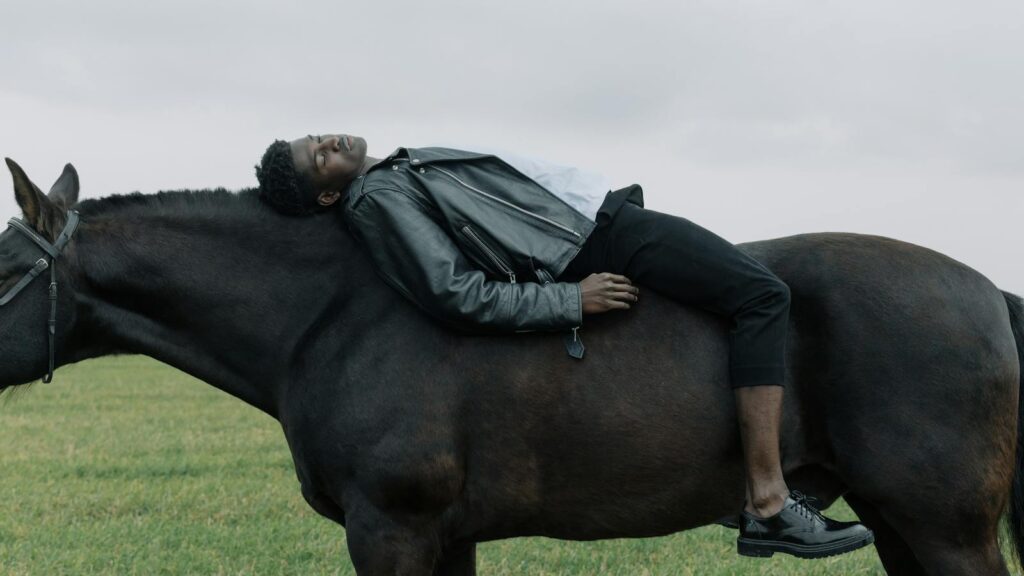
Stability balls provide an excellent training tool for riders as they create an unstable surface that mimics the dynamic nature of sitting on a moving horse. Simply sitting on a stability ball while maintaining proper posture activates the core stabilizers. Progress to gentle bouncing while maintaining alignment, then to more challenging movements like marching in place or extending one leg while balanced on the ball. For an advanced exercise, try kneeling on the ball (with a spotter nearby) and holding the position – this dramatically improves the proprioceptive awareness needed for riding. Begin with 30-60 second sessions and gradually increase duration as your balance improves. These exercises are particularly beneficial for riders working on sitting the trot or developing an independent seat at the canter.
Pilates for Rider-Specific Core Development
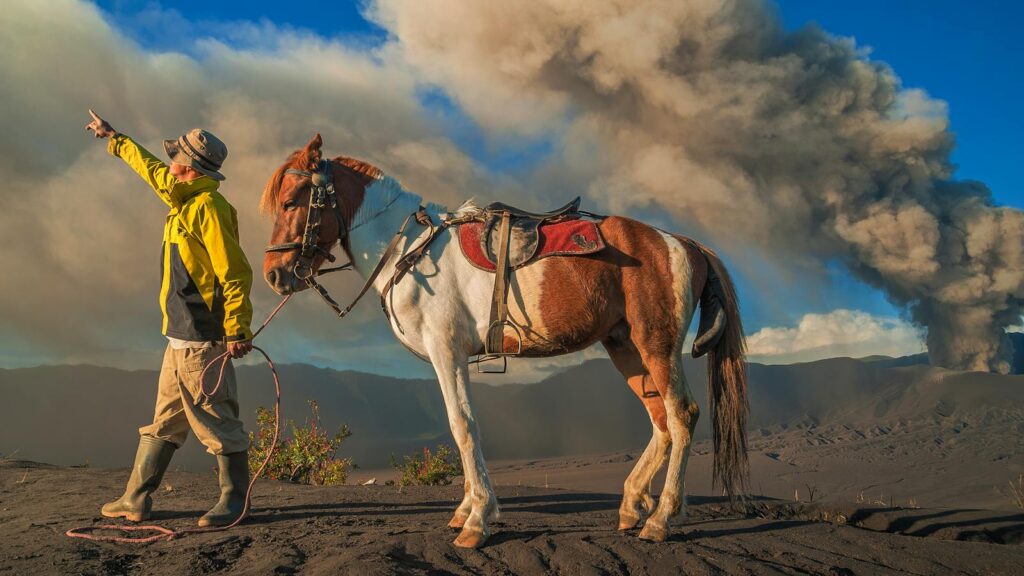
Pilates was originally developed as rehabilitation for soldiers and dancers, making it ideally suited for the specific needs of equestrians. The precision, body awareness, and focus on core engagement in Pilates directly translate to improved riding skills. Key Pilates exercises for riders include the hundred (for breathing and core endurance), rolling like a ball (for spinal articulation and balance), and single leg circles (for hip mobility while maintaining core stability). A dedicated Pilates practice, even just 15-20 minutes several times weekly, can transform a rider’s position and balance by developing the deep postural muscles needed for effective riding. The emphasis on breathing in Pilates also helps riders develop the breath control necessary for remaining calm and centered during challenging riding situations.
Yoga Poses for Core Strength and Flexibility
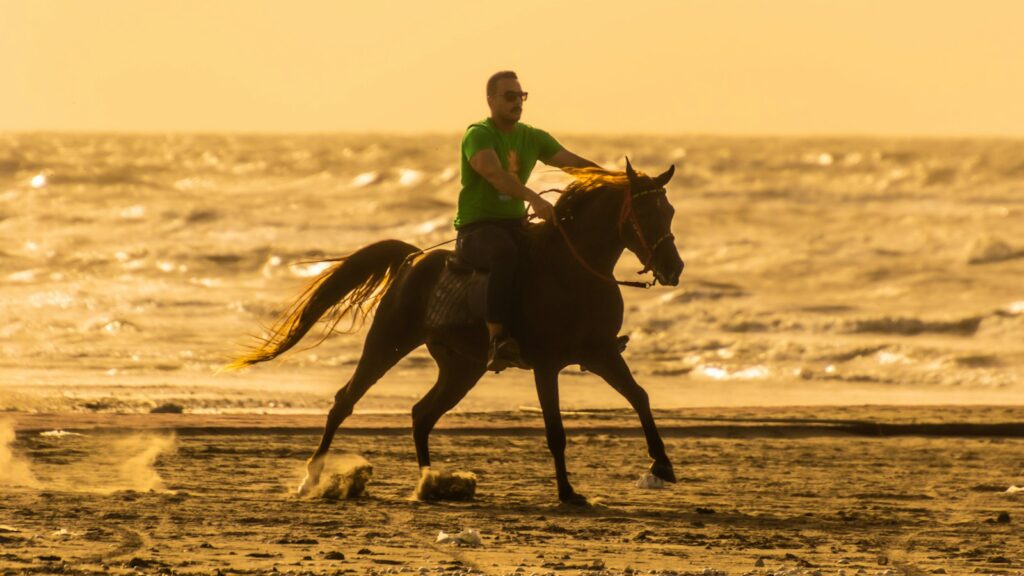
Yoga offers riders the dual benefits of core strengthening and improved flexibility – both essential components of balanced riding. Poses like boat pose (navasana) build front-line core strength, while warrior sequences develop leg strength and core stability simultaneously. Downward dog to plank transitions create functional core strength similar to what’s needed when moving between riding positions. The balance required in poses like tree pose (vrksasana) develops the proprioception that helps riders make minute adjustments in the saddle. Aim for a 20-30 minute yoga session 2-3 times weekly, focusing on holding poses with proper alignment rather than rushing through sequences. The mindfulness aspect of yoga practice also helps riders develop focused attention – a valuable skill when communicating with a sensitive animal like a horse.
Functional Fitness for Real-World Riding
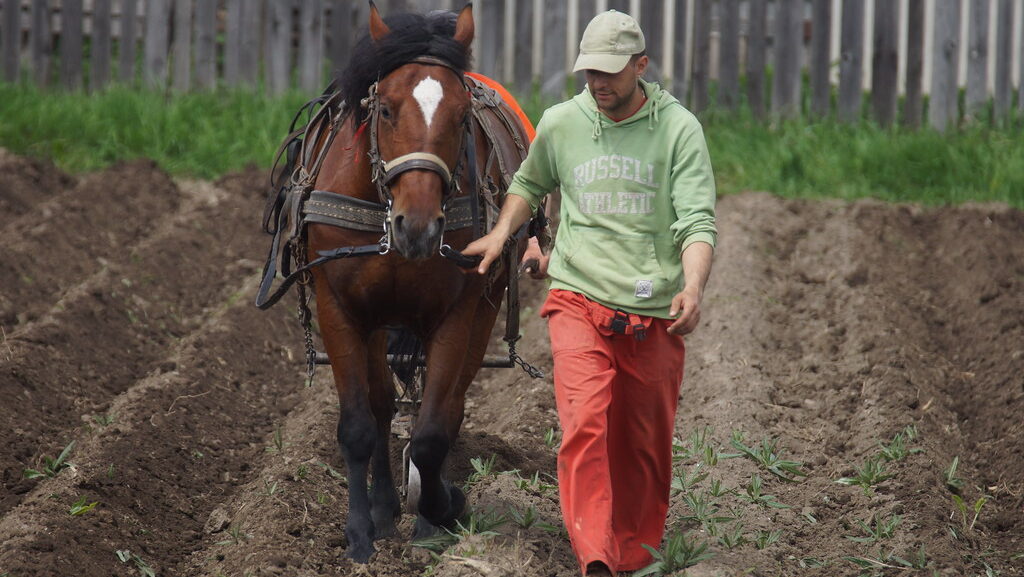
Functional fitness training bridges the gap between isolated exercises and the integrated movements required during actual riding. Exercises like Turkish get-ups combine core stability with shoulder strength and rotational control – all while moving through multiple planes of motion similar to riding. Medicine ball throws against a wall while maintaining a squat position build explosive core strength similar to what’s needed for sudden balance corrections. Kettlebell windmills develop the asymmetrical core strength often required during lateral riding movements. Farmers carries (walking while carrying heavy weights at your sides) build the lateral core stability needed for maintaining position during unexpected horse movements. Try incorporating 1-2 functional fitness sessions weekly, focusing on exercises that mimic the challenges encountered during riding sessions.
Creating an Effective Rider Core Routine
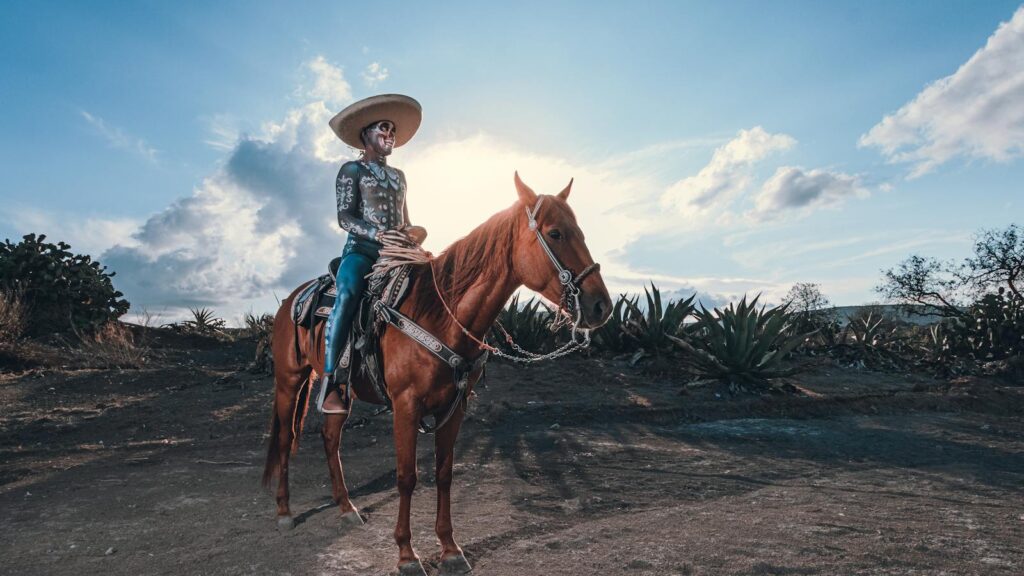
Consistency trumps intensity when developing core strength for riding. Create a sustainable routine by selecting 4-5 exercises from this guide and performing them 3-4 times weekly for 15-20 minutes per session. Rotate through different exercise groups to ensure balanced development of all core components. For optimal results, perform your core routine after riding sessions rather than before – this prevents pre-fatiguing muscles needed for safe riding while still allowing you to develop the endurance necessary for longer rides. Track your progress by noting improvements in specific riding skills rather than just exercise performance – perhaps you can now maintain sitting trot for longer periods or feel more secure during lateral movements. Remember that core development for riding is not about achieving visible abdominal definition, but rather about building functional strength that translates directly to improved performance in the saddle.
Mindful Movement: Connecting Exercise to Riding

The most effective core training for riders incorporates mindfulness and specific riding visualization. During each exercise, imagine how the movement relates to a specific riding challenge – for example, during planks, visualize maintaining your position through a bouncy trot. Practice breathing patterns during exercises that mirror what you’d use during challenging riding moments, like approaching a difficult jump or executing a precise dressage movement. Consider recording your riding sessions occasionally to identify specific balance or position issues, then select exercises that directly address those challenges. This mind-body connection transforms standard fitness moves into rider-specific training. By bringing riding awareness into your exercise routine, you create neural pathways that make skill transfer more effective when you’re actually in the saddle.
Conclusion: The Transformed Rider
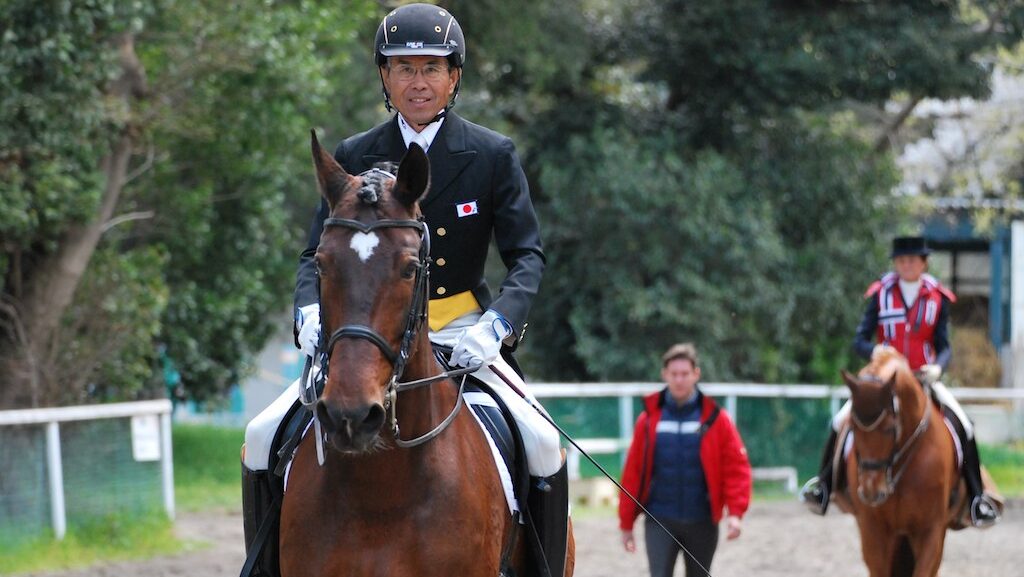
Developing core strength specifically for riding represents one of the most impactful investments you can make in your equestrian journey. Beyond the immediate improvements in balance and position, a strong core creates the foundation for all advanced riding skills – from subtle weight aids to secure jumping positions. The exercises outlined in this guide progress logically from fundamental stability to dynamic, riding-specific movements that directly translate to improved performance in the saddle. Remember that core development is a progressive journey rather than a destination – even Olympic-level riders continually work on core strength and balance as part of their training regimen. By committing to consistent core training tailored specifically for riding challenges, you’ll not only become a more effective rider but also provide your equine partner with the clear, consistent communication they deserve.

